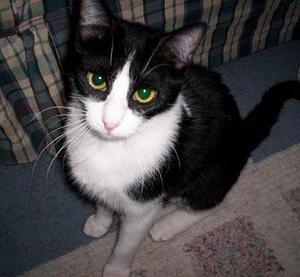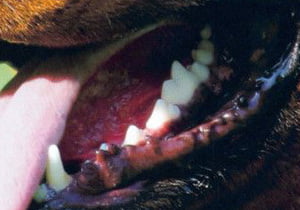“When you’re used to hearing purring and suddenly it’s gone, it’s hard to silence the blaring sound of sadness”. Missy Altijd
Feline dental problems are health concerns and can be life-threatening, but most are deterred by pet owners following simple feline dental health routines. Consistent veterinary check-ups along with cleanings, practicing good oral hygiene methods like daily tooth brushings, and feeding correct diets are all part of keeping cats healthy and free from dental health issues.
Common Cat Dental Problems
The most common cat dental problems are periodontal disease, gingivitis, plasmacytic-lymphocytic gingivitis stomatitus (LPGS), and two types of mouth cancer – squamous cell carcinoma and fibrosarcoma.
Periodontal Disease
Periodontal disease is the number one cat dental health issue, resulting from plaque accumulating on teeth and gums. Although periodontal disease is easily prevented and treated, if left untreated it can cause other diseases or compromise the immune system. The best way to keep felines safe from this disease is daily brushing, feeding crunchy dry foods, and professional cleanings.
Symptoms are bad breath, yellow teeth, red gums, and demonstrations of mouth pain. Cats should not have a foul odor to their breath; if this occurs, it is a red flag warning.
Gingivitis
Gingivitis is caused when plaque builds up in the mouth, causing infection in gums and tooth sockets. The ache of infection makes some felines cranky or belligerent. Drastic behavior changes in previously docile cats-loss of appetite or difficulty eating-are caution signs the animal needs professional help immediately. Other symptoms are bad breath, drooling, red or swollen gums. Following the guidelines for prevention of periodontal disease will also protect most cats from developing gingivitis.
LPGS
Lymphocytic plasmacytic gingivitis pharangitis syndrome (LPGS) is a serious autoimmune system disease and requires immediate treatment. A feline with LPGS as a dental problem suffers excruciating pain and may need teeth extracted.
LPGS is treated with brushings and cleanings but may require antibiotic drugs to fight infection. As with most cat dental difficulties, habitual veterinary visits, daily oral care, and constant cleanings bring about a difference in health and well-being. Symptoms include, but are not limited to, bad breath, drooling, inability to eat or loss of appetite, and red, receding or bleeding gums.
Mouth cancers are the third most common feline dental health problems. Squamous cell carcinoma is usually fatal and hard to treat. Fibrosarcoma is easily treated and with early detection the prognosis is good.
Squamous cell carcinoma (SCC) is the most common cat oral cancer, with diseased cats displaying symptoms like drooling, loss of appetite or difficulty eating, and refusal to groom. The prognosis for elderly cats with SCC is grim. Fibrosarcoma is not as commonplace; additionally, the felines’ survival chances are greater. It normally does not spread (metastasize) and responds well to current treatment methods. Both types of these cancers are usually treated with chemotherapy, radiation, or surgery.
Cat dental health is important and routine veterinary check-ups including cleaning is a vital step for wellness. Consult the veterinarian of your choice and follow advice regarding diet, suggested preventive health checks, and recommended treatments.
Sources:
www.vetcentric.com/reference/displayFAQ.cfm
http://www.dentalvet.com/vets/cats/feline_dental_pathology_and_care.htm
www.quotegarden.com/cats.html
www.sniksnak.com/cathealth/dental.html







